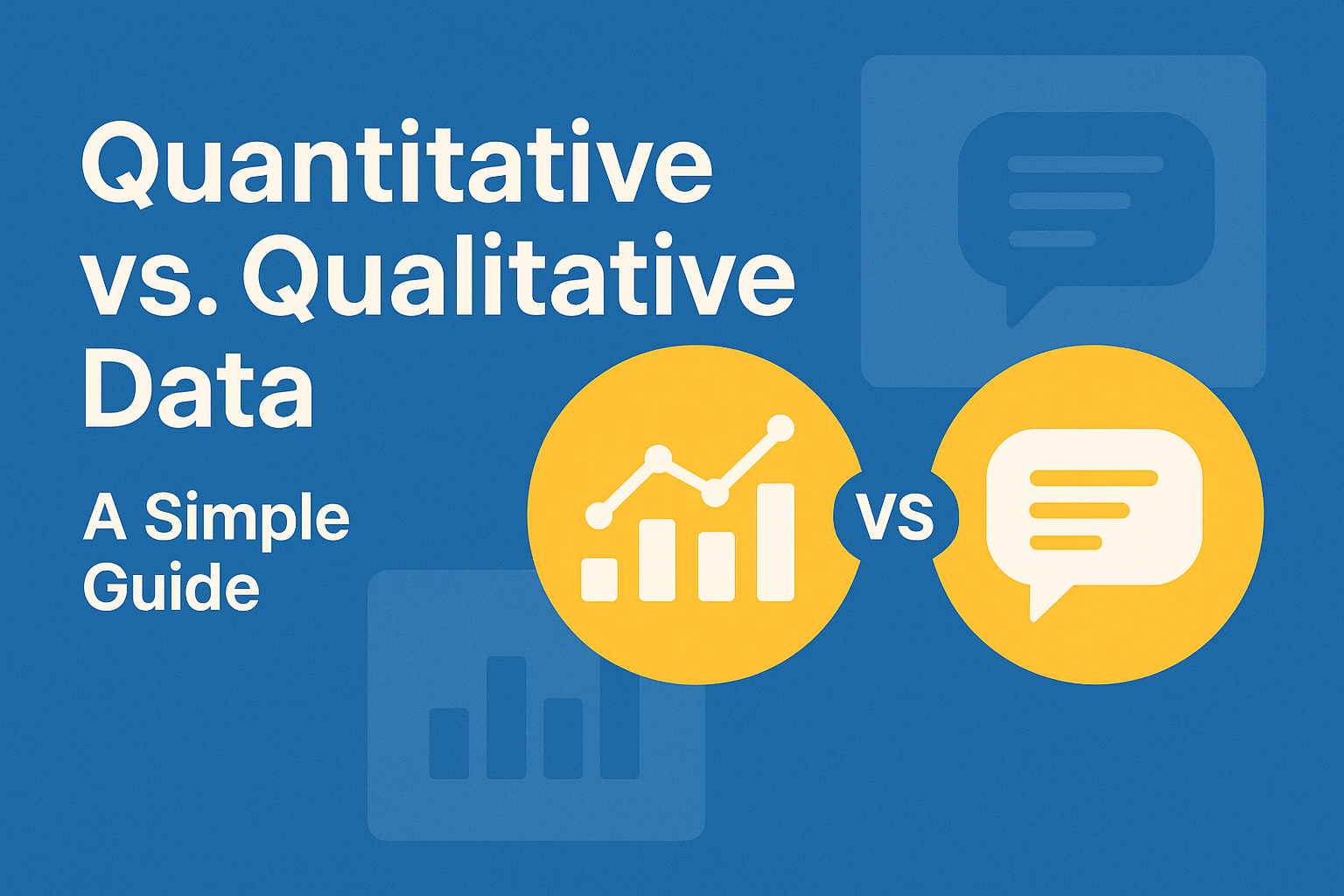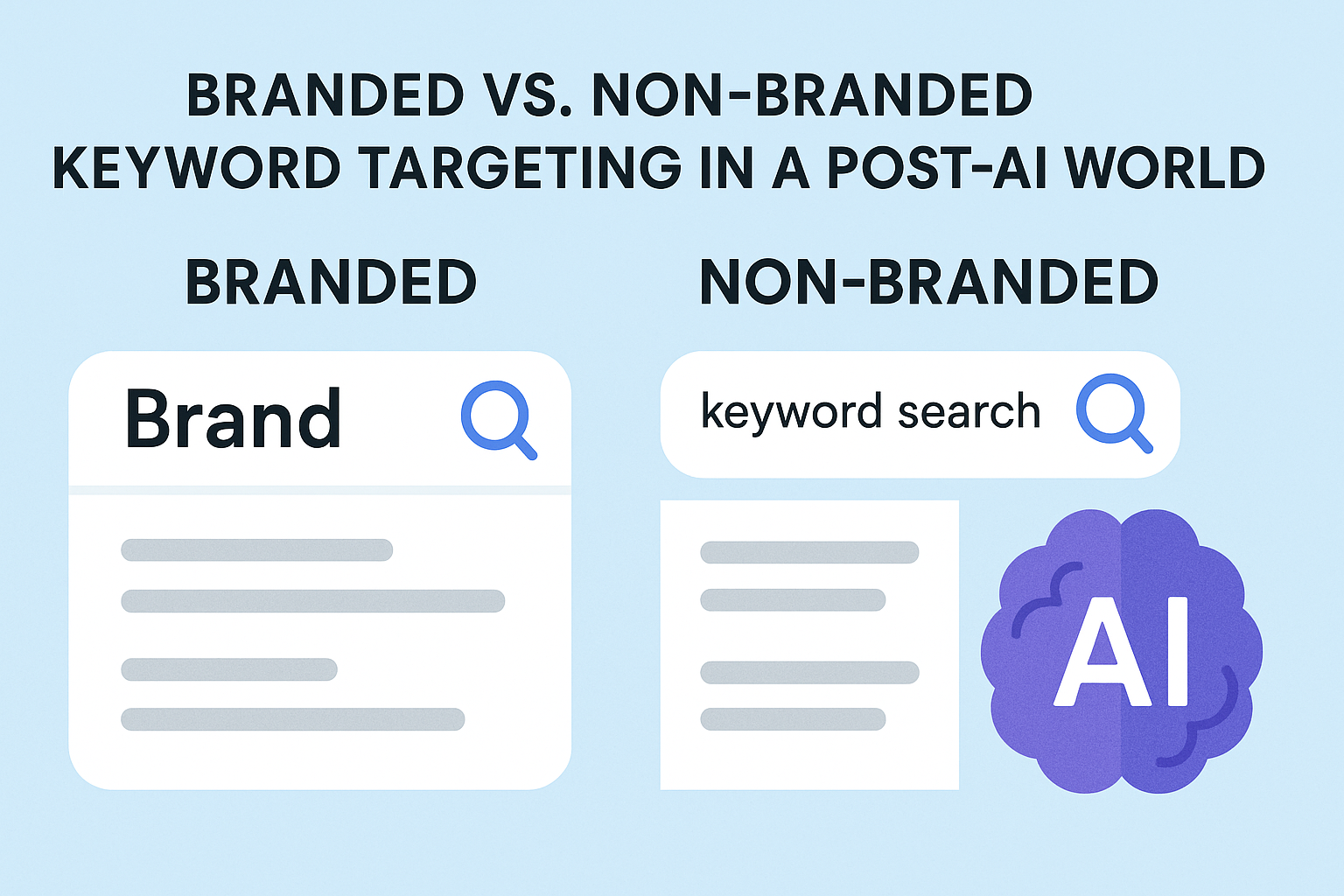Are you looking to take your online store to new heights? If so, it’s time to unlock the full potential of your ecommerce website with powerful WooCommerce SEO strategies. With the right tactics, you can attract more qualified traffic, enhance your search engine visibility, and boost your online conversions.
In this article, we’ll dive deep into the world of WooCommerce SEO and explore proven strategies to optimize your online store for maximum success. From keyword research to on-page optimization, we’ll guide you through the essential steps to rank higher on search engines and attract more customers.
Woocommerce SEO Strategies:
Keyword Research for WooCommerce SEO
Keyword research is the foundation of any successful SEO strategy. It involves identifying the keywords and phrases your target audience is using to search for products or services similar to what you offer. By understanding these keywords, you can optimize your online store to appear in relevant search results and attract highly targeted traffic.
To start your keyword research, begin by brainstorming a list of words and phrases that are relevant to your products or services. Put yourself in the shoes of your potential customers and think about what they would search for when looking for products like yours. Consider using tools like Google Keyword Planner, SEMrush, or Ahrefs and keyword research APIs to expand your list and uncover new keyword opportunities.
Once you have a list of potential keywords, it’s time to evaluate their search volume, competition, and relevance to your business. Look for keywords with a good balance of search volume and competition. High search volume keywords are desirable, but they often come with stiff competition. It’s important to find the sweet spot where you can rank well and attract qualified traffic.
When selecting keywords, also consider long-tail keywords. These are longer, more specific phrases that are often less competitive but can bring in highly targeted traffic. For example, instead of targeting the broad keyword “shoes,” you can focus on “women’s running shoes for flat feet.” Long-tail keywords allow you to target a specific audience and increase your chances of conversion.
Remember, keyword research is an ongoing process. Regularly analyze your website data to identify new keyword opportunities and make adjustments to your optimization strategy accordingly. By staying on top of your keyword research, you can ensure your online store stays relevant and competitive in the ever-changing SEO landscape.
On-Page Optimization for WooCommerce Websites
Once you have your target keywords, it’s time to optimize your WooCommerce website’s on-page elements. On-page optimization refers to the process of optimizing individual web pages to rank higher on search engines and attract more organic traffic. By optimizing various on-page elements, you can improve your website’s visibility and increase the likelihood of attracting qualified visitors.
One of the most important on-page elements to optimize is the title tag. The title tag is the main heading that appears in search engine results. It should accurately describe the content of the page and include your target keyword. Keep the title tag concise and compelling, ideally within 60 characters, to ensure it is fully displayed in search results.
Another crucial on-page element is the meta description. The meta description is a brief summary of the page’s content that appears below the title tag in search engine results. While it doesn’t directly impact search engine rankings, it plays a significant role in attracting clicks from searchers. Write a compelling meta description that entices users to click through to your website.
In addition to optimizing the title tag and meta description, you should also optimize your website’s headings. Use H1 tags for the main heading of your page and H2, H3, and so on for subheadings. Incorporate your target keywords naturally within these headings to indicate the page’s relevance to search engines.
Furthermore, optimize your website’s URLs by including relevant keywords. Avoid using long, complex URLs with unnecessary parameters. Instead, create clean and concise URLs that accurately describe the page’s content. Additionally, optimize your website’s image alt tags. Alt tags provide alternative text for images and are essential for accessibility and SEO purposes. Include descriptive alt tags that accurately describe the image and incorporate relevant keywords when appropriate.
Technical SEO for WooCommerce
In addition to on-page optimization, technical SEO plays a crucial role in improving your WooCommerce website’s search engine visibility. Technical SEO refers to the optimization of your website’s technical aspects, such as site speed, mobile-friendliness, crawlability, and indexability. By ensuring your website is technically sound, you can provide a better user experience and increase your chances of ranking higher on search engines.
One of the first technical aspects to consider is your website’s loading speed. A slow-loading website can negatively impact user experience and search engine rankings. Optimize your website’s performance by compressing images, minifying CSS and JavaScript files, and leveraging browser caching. Regularly monitor your website’s loading speed and make necessary optimizations to ensure it performs at its best.
Mobile-friendliness is another crucial aspect of technical SEO. With the increasing use of mobile devices for online shopping, it’s essential to have a responsive website that adapts to different screen sizes. Ensure your WooCommerce website is mobile-friendly by using a responsive design and testing it on various devices. Mobile-friendly websites are more likely to rank higher on search engines and provide a better user experience.
Crawlability and indexability are also important for search engine visibility. Ensure search engine crawlers can easily navigate and index your website by creating a logical site structure, submitting a sitemap to search engines, and using internal linking to connect related pages. Regularly check your website’s crawl errors and fix any issues that may prevent search engines from properly indexing your content.
Optimizing Product Pages for Search Engines
Product pages are the heart of any ecommerce website. They are where customers make purchasing decisions, and they play a crucial role in attracting organic traffic. Optimizing your WooCommerce product pages for search engines is essential to increase their visibility, attract qualified traffic, and ultimately drive more sales.
Start by optimizing your product titles. Use descriptive and keyword-rich titles that accurately convey what the product is. Incorporate relevant keywords naturally within the title, but avoid keyword stuffing. Keep the titles concise and compelling to entice users to click through to the product page.
Next, optimize your product descriptions. Write unique and informative descriptions that highlight the product’s features and benefits. Incorporate relevant keywords naturally, but prioritize creating compelling copy that convinces potential customers to make a purchase. Include high-quality product images and videos to enhance the product page’s visual appeal.
In addition to optimizing the content, optimize your product page URLs. As mentioned earlier, use clean and concise URLs that include relevant keywords. Avoid using generic URLs that don’t provide any context about the product. Incorporate relevant category names or product attributes within the URL to make it more descriptive.
Furthermore, optimize your product page’s meta tags, including the title tag and meta description. Write compelling titles and descriptions that accurately represent the content of the product page and encourage users to click through to your website. Use unique meta tags for each product to avoid duplicate content issues.
Creating Compelling Product Descriptions
Product descriptions are the key to persuading potential customers to make a purchase. They provide detailed information about the product’s features, benefits, and specifications, helping users make informed buying decisions. Writing compelling and unique product descriptions is crucial to stand out from the competition, attract organic traffic, and increase your chances of driving sales.
To create compelling product descriptions, start by understanding your target audience. Consider their needs, desires, and pain points. Craft product descriptions that address these concerns and highlight how the product can solve their problems or fulfill their desires. Use language and tone that resonates with your target audience and aligns with your brand’s voice.
Focus on the benefits of the product rather than just listing its features. Help potential customers envision how the product can improve their lives or solve their problems. Use storytelling techniques to create an emotional connection and engage users on an experiential level. Incorporate relevant keywords naturally within the description to improve its visibility on search engines.
Format your product descriptions for easy readability. Use subheadings, bullet points, and paragraphs to break up the text and make it scannable. Highlight the most important information, such as key features or unique selling points, to capture users’ attention. Use high-quality images and videos to complement the text and provide a visual representation of the product.
Link Building Strategies for WooCommerce Websites
Link building is a crucial component of any successful SEO strategy. It involves acquiring backlinks from other websites to improve your website’s authority and search engine rankings. By implementing effective link-building strategies, you can increase your WooCommerce website’s visibility, attract more organic traffic, and enhance your online reputation.
Start by conducting a backlink analysis of your competitors. Identify the websites that are linking to your competitors’ websites and evaluate their relevance and authority. Look for opportunities to acquire similar backlinks to boost your own website’s credibility. Tools like Ahrefs or Moz can help you analyze your competitors’ backlink profiles and uncover potential link-building opportunities.
Consider reaching out to relevant websites or blogs in your industry and offering to contribute guest posts. Guest blogging allows you to showcase your expertise, establish credibility, and acquire high-quality backlinks. When guest blogging, focus on providing valuable content that educates and engages readers. Incorporate relevant links back to your WooCommerce website within the content or author bio.
Conclusion
By following the tips and strategies outlined in this article, you can optimize your WooCommerce website for search engines and unlock the full potential of your online store. By targeting the right keywords, optimizing your on-page and technical SEO, and crafting compelling product descriptions, you can attract more qualified traffic, enhance your search engine visibility, and boost your online conversions.

The Search Engine Cage team is on a mission to educate entrepreneurs. We make things easier for the small business owner, by writing articles that help them to understand SEO and Digital Marketing.







